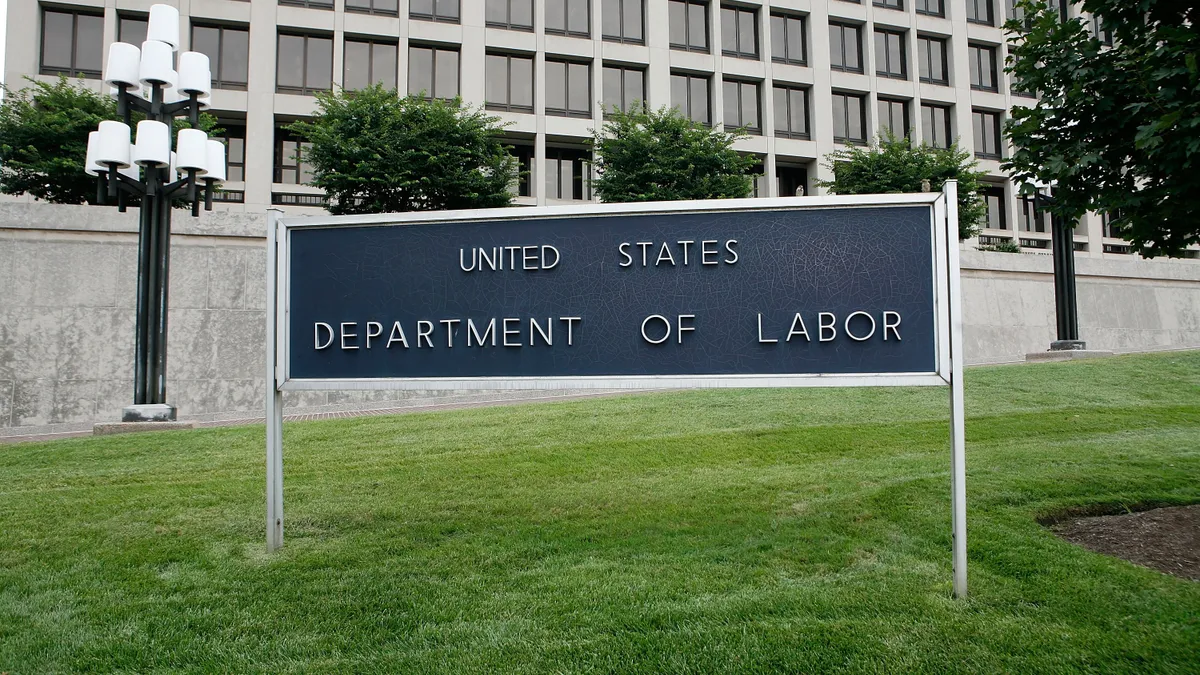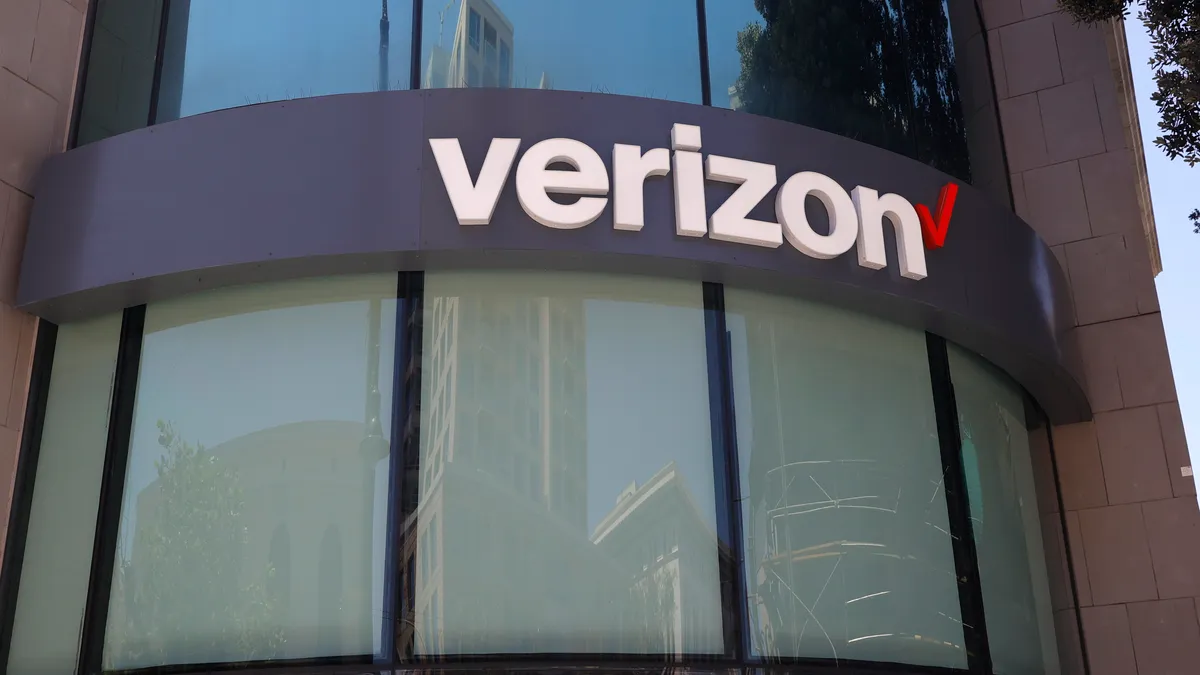Holly L. Sutton is a partner at Farella Braun + Martel and chair of its Employment Law Group. Kevin L. Jones is a employment law senior associate at the San Francisco-based law firm.
Last month, the U.S. Department of Labor issued its final rule increasing the minimum pay requirements under the Fair Labor Standards Act for various exempt “white-collar” employee categories beginning July 1 — and it’s now time for HR professionals to prepare for that change.
The “white-collar” exemptions apply to executive, administrative or professional employees who receive a fixed and predetermined salary, meet a certain salary threshold, and perform executive, administrative or professional duties.
The FLSA also includes a highly compensated employee exemption for employees who primarily perform office work, earn the specified six-figure annual salary threshold, and perform at least one of the outlined EAP duties. The final rule increases the HCE minimum salary threshold as well.
What is the impact?
It depends. For employers already operating under state exemption laws that are more stringent than the federal standards, this change is unlikely to have an impact. For example, in California and New York, the minimum salary thresholds are higher than the new federal standard, and thus, these changes likely will not impact employees working in those states
For employers with employees in states that do not have higher salary thresholds, changes will be required. Because many employers have adopted flexible remote work policies that permit employees to work in states other than where the employer is based, they have workforces spread over many states. These employers will need to conduct a careful analysis of the state laws that apply to their employees, and determine whether they are more or less stringent than the new federal law.
Many employers will opt to increase annual salaries to satisfy the new requirements in advance of the deadlines set forth below. If the new salary minimum threshold is not met for an employee classified as exempt under EAP or HCE, the employer will be responsible for paying overtime for any time logged over 40 hours in the workweek and could be subject to a misclassification lawsuit. DOL estimates that 4 million employees will be affected.
What are the minimum salary changes?
The final rule includes the following salary minimum increases:
EAP salary increase. Currently, employees under the EAP classification must earn at least $684 per week, $35,568 annually.
By July 1, 2024, EAP salary must increase to at least $844 per week, $43,888 annually.
By Jan. 1, 2025, EAP salary must increase to at least $1,128 per week, $58,656 annually.
HCE salary increase. Currently, employees under the HCE exemption must earn at least $107,432 annually.
By July 1, 2024, HCE salary must increase to at least $132,964.
By Jan. 1, 2024, HCE salary must increase to at least $151,164.
Automatic updating for salary minimums every three years. The rule implements an automatic increase every three years to align with shifts in worker salaries and provide employers with a predictable timetable for future adjustments. The first automatic increase will occur July 1, 2027.
What should employers do now?
Employers of affected employees must determine whether to increase base salaries to meet these new thresholds or reclassify these employees as nonexempt and pay overtime hours.
Though some legal pundits predict legal attempts to block all or part of the new rule, employers should begin to assess which employees may be impacted and how to comply since the first effective date is just weeks away. Expecting the rule to be blocked by July 1 and taking no action could result in hefty misclassification suits and millions in liability exposure for even a few misclassified employees.
Employers should consider taking the following actions:
1. Perform a classification audit. The company should audit job roles for employees classified as exempt to ensure compliance. The audit should involve assessing each exempt employee’s “primary duties” (i.e. main job duties) against those outlined by DOL.
In this audit, employers should confirm whether the employee works in a state like California that has more restrictive exemption requirements than the FLSA. If that state follows a quantitative test, then the employee must be performing qualifying exempt duties over 50% of the time. Again, states with more restrictive tests may also have higher minimum salary thresholds. Employers need to ensure compliance with both federal and state law.
2. Perform a cost-benefit analysis to maintain exemption. Employers considering converting an exempt employee to nonexempt instead of raising their base salary to comply with the new minimum should consider whether anticipated overtime will be more costly than the salary increase.
Notably, it will likely be more costly to convert exempt employees to nonexempt if they frequently work more than 40 hours per workweek than by increasing their salary to meet the new DOL final rule minimum thresholds.
3. Audit time tracking policies for exempt employees. In misclassification lawsuits, employers often face the greatest exposure when they are unable to present any data or timekeeping records for employees classified as exempt. Employers should consider implementing efficient and accurate time entry practices for exempt employees to better defend any anticipated misclassification suits. The added timekeeping practice will also help companies audit whether conversion to nonexemption at an hourly rate matching the employees’ salary will be particularly costly.
Misclassification lawsuits tend to focus on how the employer can rebut a plaintiff’s allegations that they should have been classified as nonexempt and worked countless overtime hours. Often, exempt employees are not expected to contemporaneously record their time and employers have little objective record to rebut such assertions. Employers can mitigate liability exposure risk by implementing timekeeping procedures for exempt employees.





















